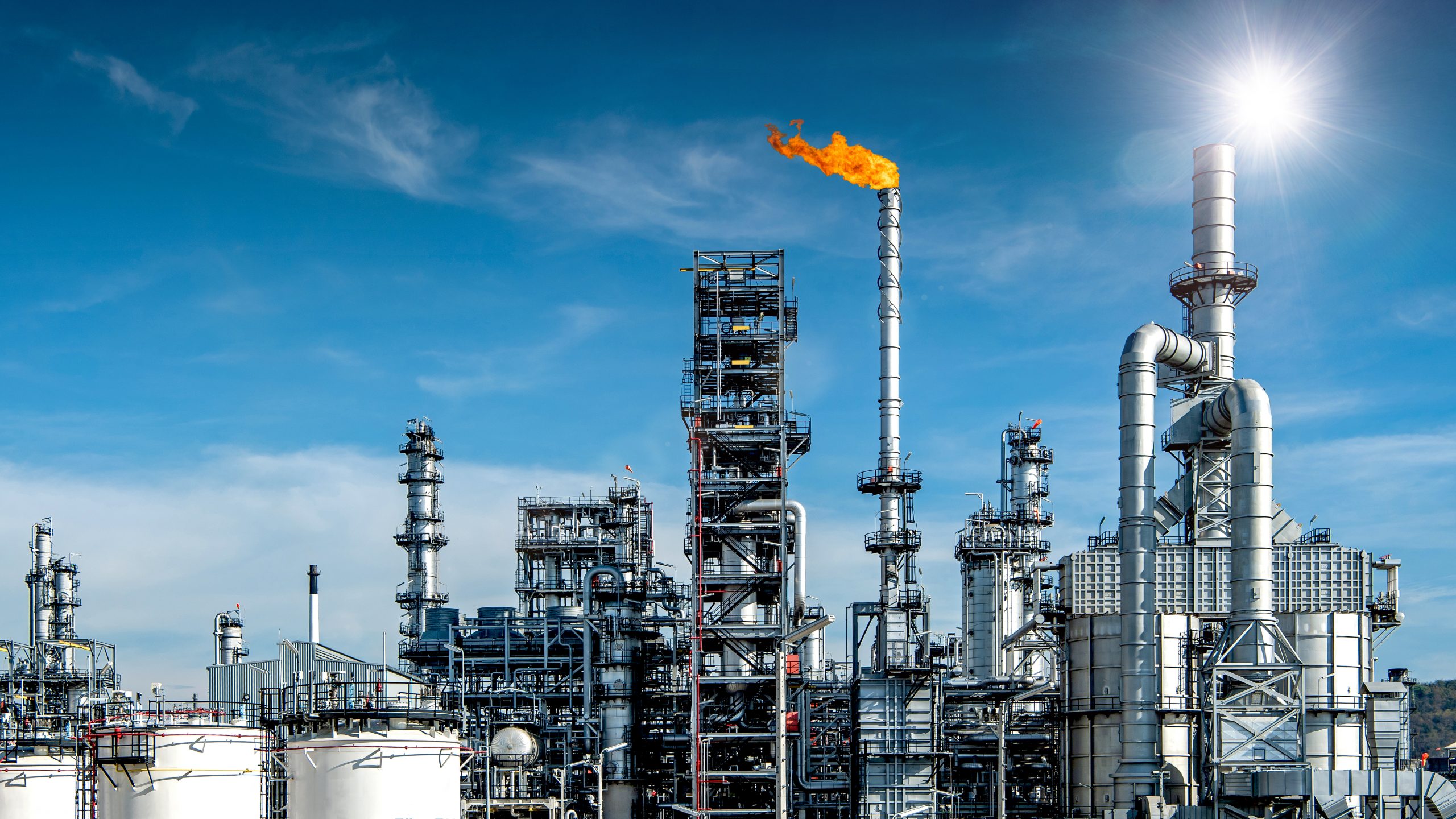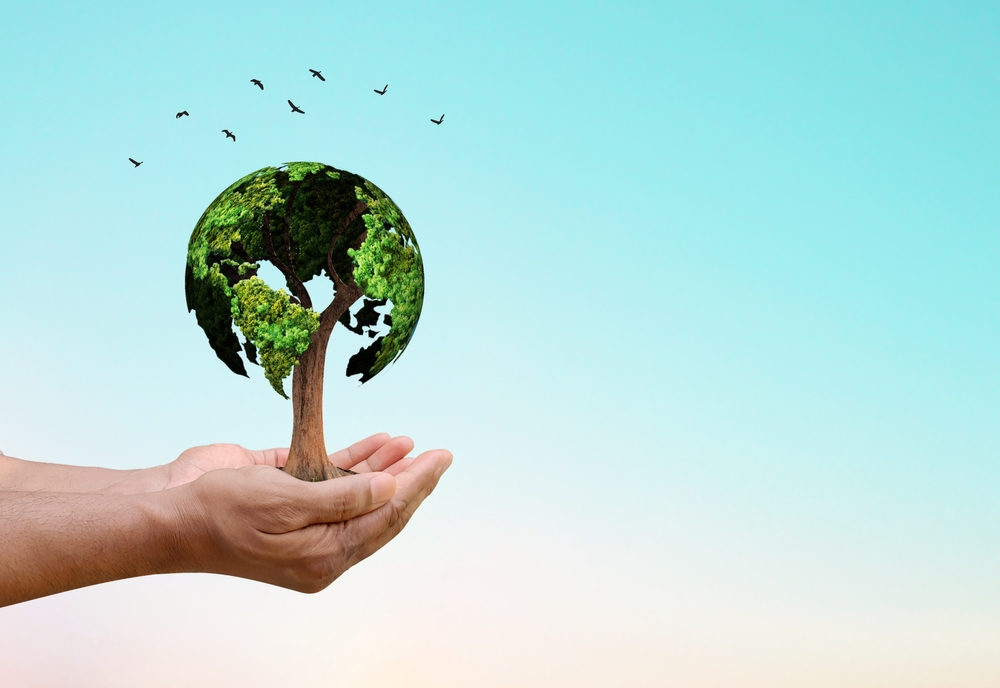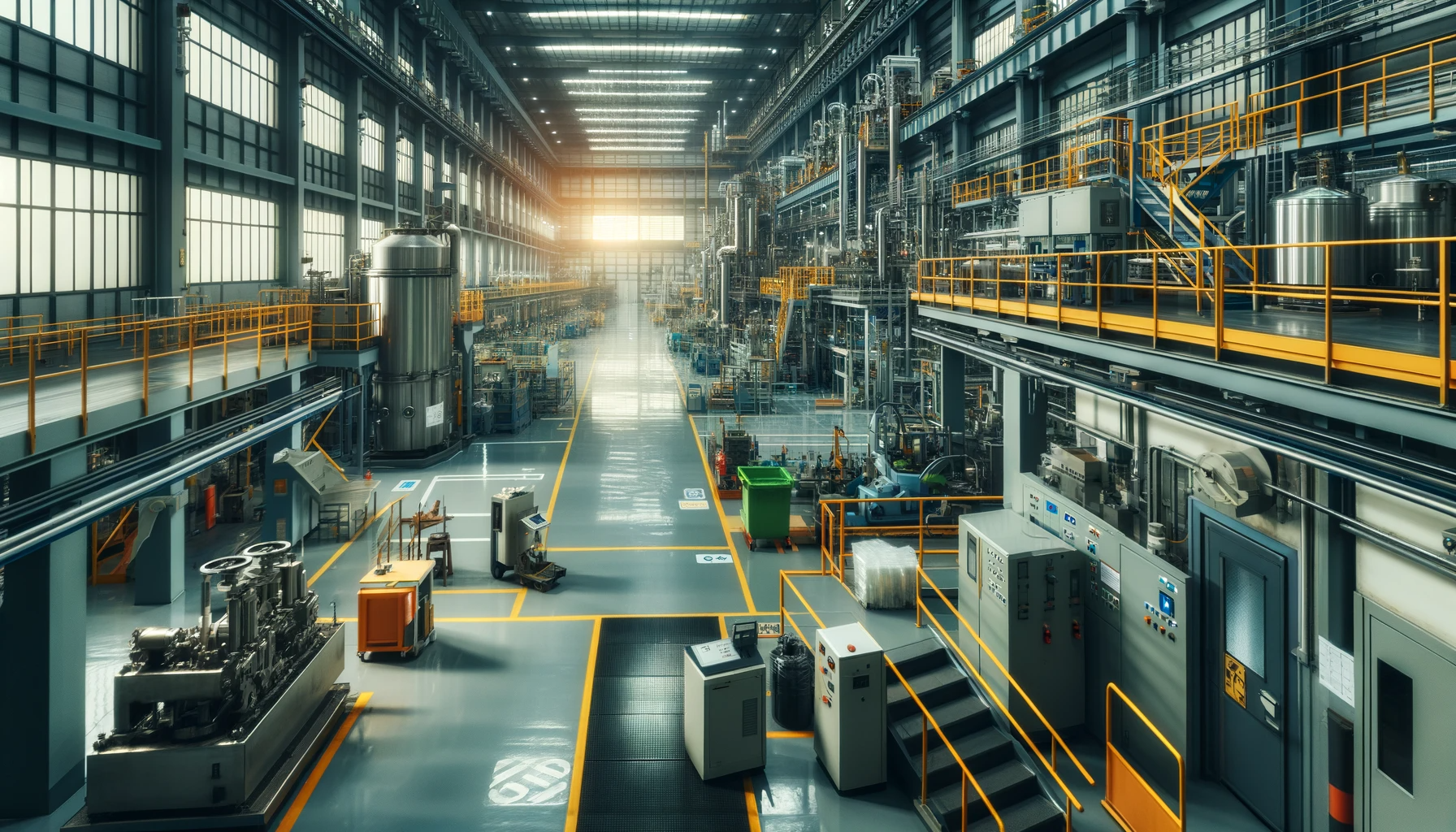Expanding Our Environmental Services In Tennessee
As industrial operations continue to grow across the South, the need for comprehensive environmental services has never been greater. TAS Environmental Services, a leader in emergency response, industrial cleaning, and waste management, is proud to announce our expansion into Springfield, Tennessee.
Comprehensive Industrial Cleaning Services in Tennessee
This new location strengthens our commitment to providing top-tier environmental services to manufacturers, industrial facilities, and building operators throughout the region. Our Springfield team is ready to partner with you to address your unique environmental challenges.
Waste Transportation & Box Rentals
TAS Environmental Services understands that managing industrial waste is a multifaceted challenge. Our experienced team simplifies the process by offering safe and efficient waste transportation solutions tailored to your specific waste streams.
- Customizable Box Rentals: We provide a variety of rental containers, including roll-off boxes, drums, and specialized containers for hazardous materials. Our experts will help you select the right size and type of container for your needs, ensuring compliance with all local and federal regulations.
- Secure Transportation: Our fleet of modern, well-maintained trucks is equipped to handle all types of industrial waste, including liquids, solids, and hazardous materials. We use GPS tracking and real-time monitoring to ensure the safe and timely delivery of your waste to approved disposal facilities.
- Documentation and Reporting: We provide comprehensive documentation of all waste transportation activities, including manifests, land disposal restriction forms, and other required paperwork. Our detailed reports help you track your waste disposal costs and ensure compliance with environmental regulations.
Environmental Remediation
TAS offers comprehensive environmental remediation services to address a wide range of contamination issues, restoring your site to a safe and healthy condition.
- Site Assessment: Our team of environmental scientists and engineers will conduct a thorough assessment of your site to identify the type and extent of contamination. This includes soil and groundwater sampling, geophysical surveys, and risk assessments.
- Remediation Plan Development: Based on the assessment results, we develop a customized remediation plan that outlines the most effective and efficient approach to cleaning up your site. This may include excavation, soil vapor extraction, in-situ chemical oxidation, or other advanced technologies.
- Remediation Implementation: Our experienced technicians will implement the remediation plan, utilizing state-of-the-art equipment and techniques to remove or neutralize contaminants. We monitor the remediation process closely to ensure effectiveness and compliance with regulatory standards.
- Site Restoration: Once the remediation is complete, we restore your site to its original condition or a new, approved use. This may involve backfilling, grading, revegetation, and other restoration activities.
Examples of Environmental Remediation Projects
Brownfield Redevelopment. Cleaning up a former industrial site contaminated with petroleum hydrocarbons and heavy metals to prepare it for redevelopment as a mixed-use commercial and residential complex.
Groundwater Remediation. Addressing a plume of chlorinated solvents in groundwater using a combination of pump-and-treat technology and in-situ bioremediation.
Soil Remediation. Removing contaminated soil from a manufacturing facility that had a chemical spill and treating it with thermal desorption to destroy the contaminants.
NORM Services
TAS Environmental Services provides a full suite of NORM (Naturally Occurring Radioactive Materials) services to help you manage this unique environmental challenge.
NORM Surveys: Our certified professionals will conduct thorough surveys to identify the presence and extent of NORM contamination at your site. This includes sampling of soil, water, and other materials.
NORM Characterization: We analyze NORM samples to determine the type and concentration of radioactive isotopes present. This information is used to assess the potential risks and develop appropriate management strategies.
NORM Decontamination: We employ specialized techniques to remove or reduce NORM contamination from equipment, surfaces, and work areas. This may involve high-pressure washing, chemical cleaning, or abrasive blasting.
NORM Waste Disposal: We ensure the safe and compliant disposal of NORM waste at licensed facilities. Our team manages all aspects of the disposal process, including packaging, transportation, and documentation.
Industrial Tank Cleaning
TAS understands the importance of maintaining clean and functional industrial tanks for your operations. Our team provides expert tank cleaning services to meet your specific needs.
- Tank Assessment: We begin by assessing the condition of your tank and the type of contaminants present. This may involve visual inspection, confined space entry, and sampling of tank contents.
- Cleaning Plan Development: Based on the assessment, we develop a customized cleaning plan that outlines the most effective cleaning methods and equipment.
- Tank Cleaning: Our skilled technicians use a variety of techniques, such as high-pressure washing, chemical cleaning, and vacuuming, to remove sludge, debris, and other contaminants from your tank. We prioritize safety and efficiency throughout the cleaning process.
- Waste Disposal: We collect and properly dispose of all waste generated during the cleaning process, ensuring compliance with environmental regulations.
24/7 Emergency Spill Response
Environmental emergencies require immediate action. TAS is available 24 hours a day, 7 days a week to respond to spills of hazardous materials, chemicals, or other pollutants.
Rapid Response. Our team is dispatched immediately upon notification of a spill. We arrive on site quickly, equipped with the necessary tools and resources to contain and control the situation.
Spill Assessment. We assess the severity of the spill and identify the specific contaminants involved. This information guides our response and remediation efforts.
Spill Containment. We take immediate action to contain the spill and prevent it from spreading. This may involve deploying booms, absorbent materials, or other containment measures.
Spill Cleanup and Remediation. Our experienced technicians clean up the spilled material using specialized equipment and techniques. We then implement a remediation plan to address any residual contamination and restore the affected area to its original condition.
Partner with TAS Environmental Services in Springfield, TN
When you choose TAS Environmental Services, you gain a partner committed to your success. We offer a comprehensive range of environmental services tailored to the unique needs of industrial and manufacturing facilities.
Our Springfield location is equipped with the latest technology and staffed by experienced professionals who understand the challenges you face. We’re committed to providing you with exceptional service, innovative solutions, and a safer, cleaner environment. Contact TAS in Tennessee to learn more about how we can help you meet your environmental goals!






